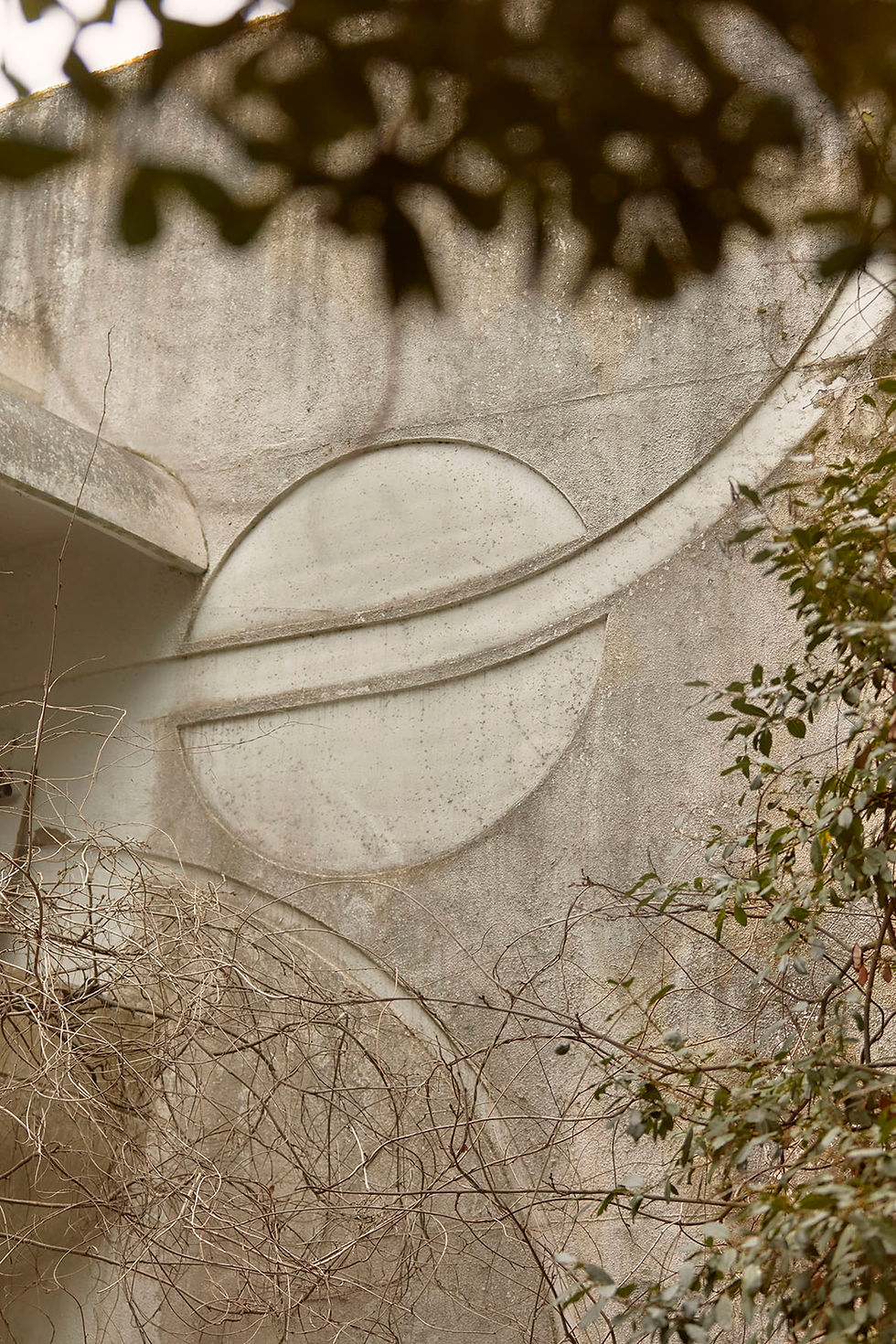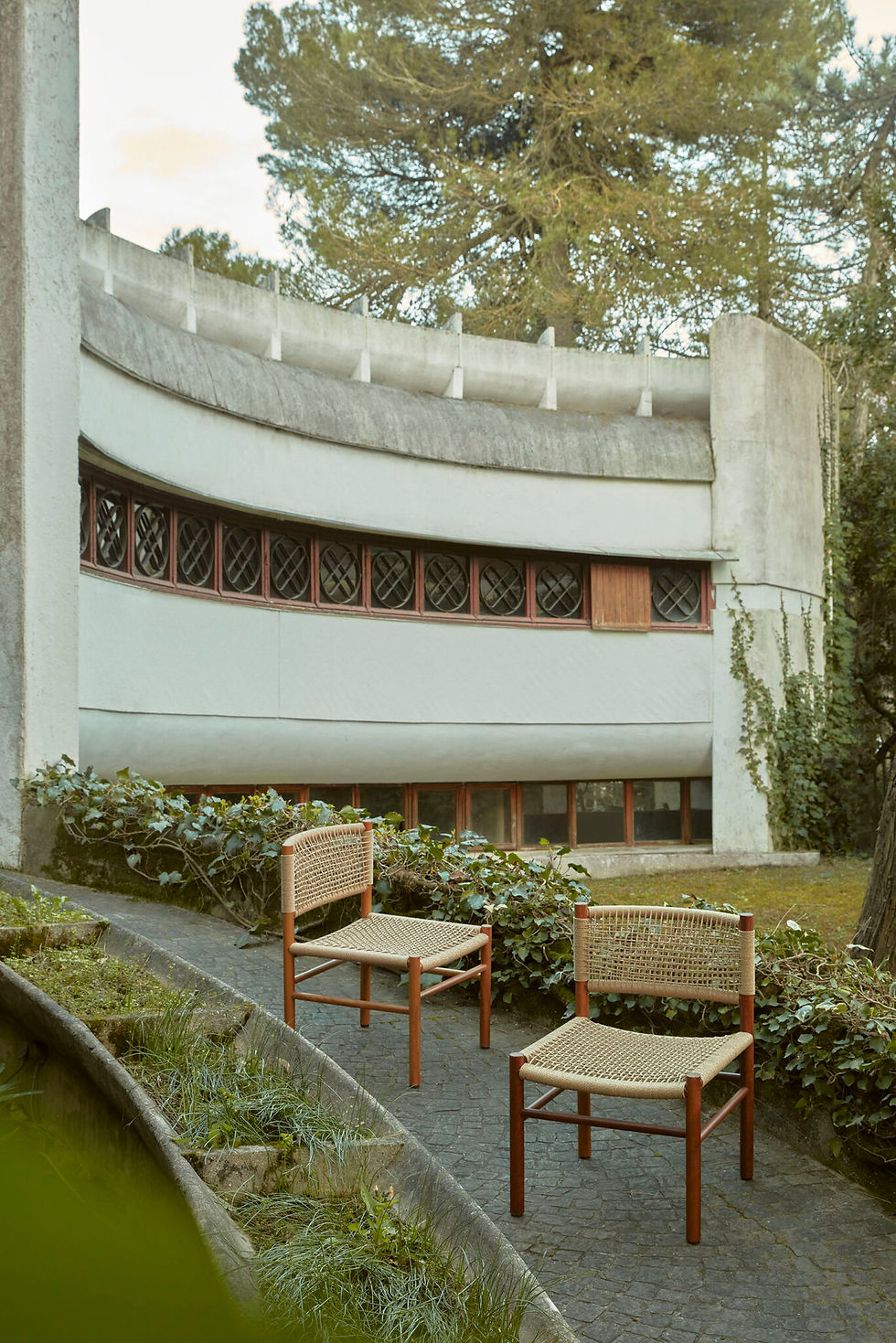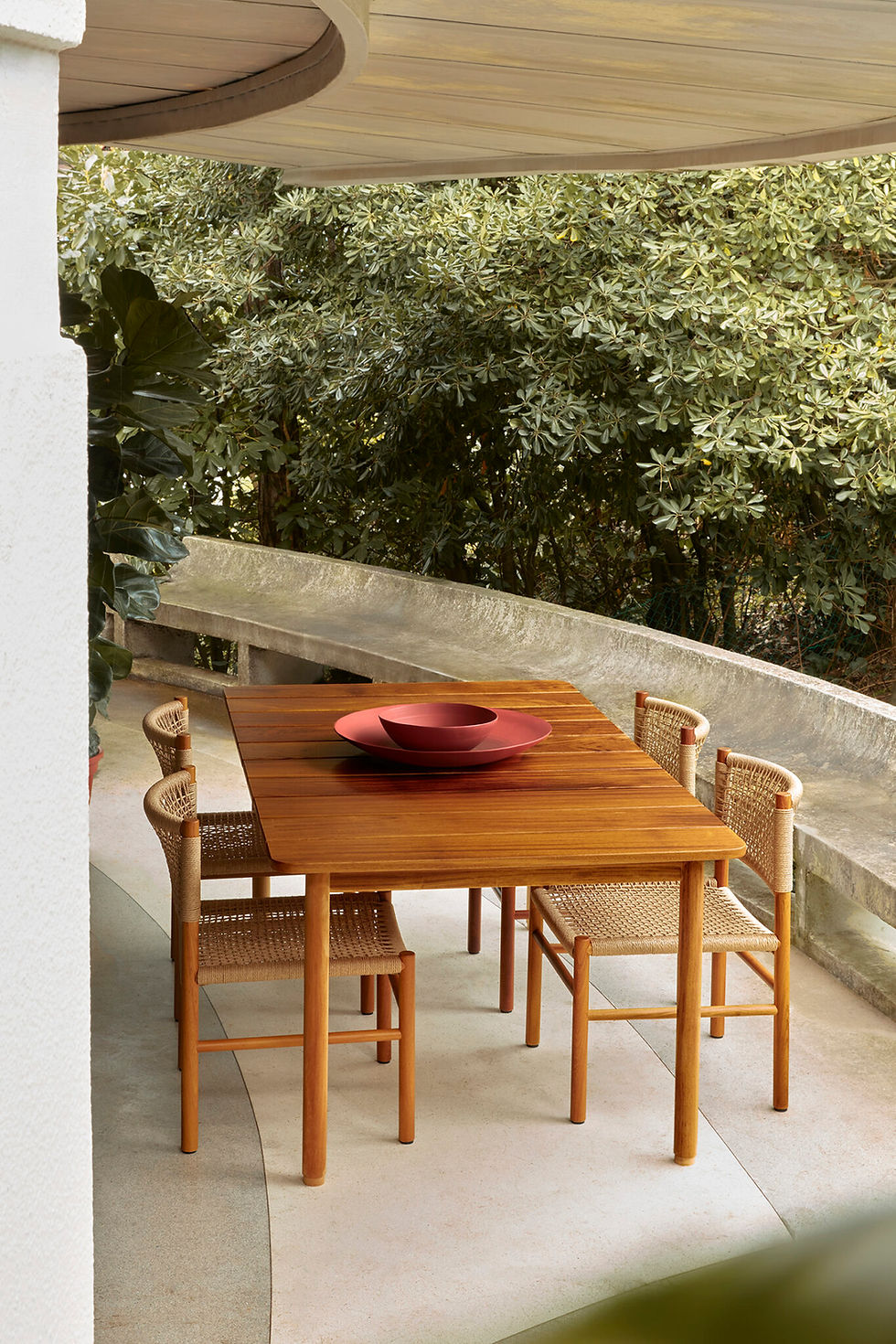Marcello D’Olivo: Master of Curves and Visionary of Lignano Architecture
Marcello D’Olivo, the renowned Friulian architect, has left an indelible mark on the history of Italian architecture. With his unique vision, characterized by the predominance of curves, D’Olivo created works that reflect a deep respect for nature and a harmonious integration of landscape and urbanization.

Born in 1921 and graduated in architecture from Venice, D’Olivo presented the urban planning project for Lignano Pineta in 1952. At that time, this area of the Upper Adriatic was a vast forested region at the mouth of the Tagliamento River, a setting that also inspired Ernest Hemingway’s novels. D’Olivo’s project, arising from the area’s tourist development, created a perfect blend of city and nature through a unique spiral-shaped road that leads to homes nestled in greenery.



Among his most significant works in Lignano are two villas situated near the sea: Villa Mainardis and Villa Spezzotti. The latter, designed for entrepreneur Giovanni Battista Spezzotti as a gift for his wife Lydia Maria Rizzi, was completed in 1957 and represents D’Olivo's final building in Lignano, following which he ended his collaboration with the Lignano Pineta Society due to disagreements over the urban planning.
Today known as Villa Spezzotti Gregoratti, Villa Spezzotti is a masterpiece where D’Olivo’s signature is evident in every detail. The perimeter walls are made of reinforced concrete, resulting from intersecting circles, and the curves are also reflected in decorative elements, such as Luciano Ceschia’s sculpture in the master bathroom and the ceramic sunflower at the entrance, also by Ceschia. The interior of the villa continues this theme, featuring a circular fireplace in the living area and a curved corridor leading to the sleeping quarters, where even the window frames follow curved lines.


The furniture in the villa is seamlessly integrated into the architecture itself. The built-in wardrobes, sometimes used as partition elements, are crafted from different types of wood (ash, pitch pine, larch, oak, mahogany) and in the living area are covered with fabric adorned with zodiac signs and galleon designs. The bedrooms, inspired by the interiors of a ship, feature curvilinear equipped walls that serve as built-in wardrobes and alcoves. Even the kitchen evokes a nautical theme, with modular and component units similar to Le Corbusier’s standard casiers, another source of inspiration for D’Olivo. The basement conceals a galley, which the Spezzottis used to host dinners with artists and intellectuals of the time.


The garden of Villa Spezzotti Gregoratti, despite the loss of the natural dune on which the villa was built in the 1950s, still retains many maritime pines, recalling the original landscape. Thanks to the current owners, who are aware of the historical and architectural value of the villa, this masterpiece has preserved the traces of D’Olivo's original design intact.












